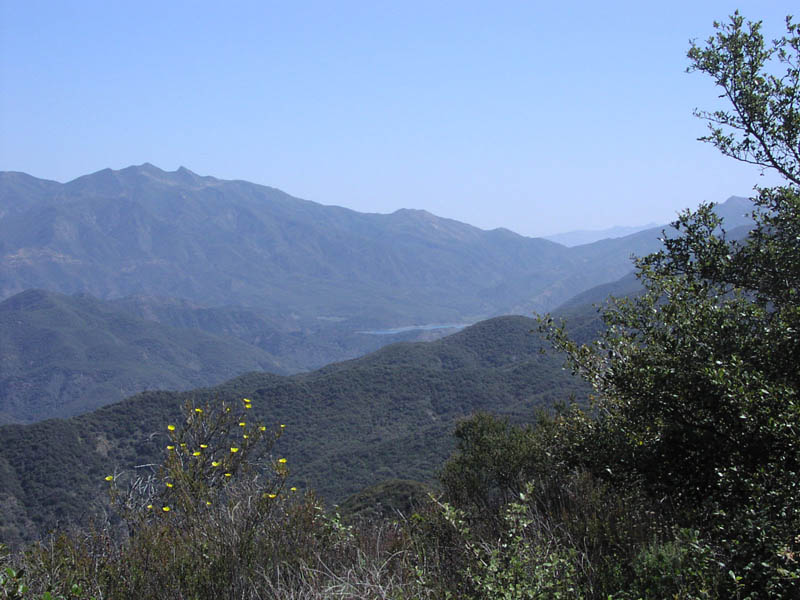Wow, 4 years. Can you believe it. It's been a great journey, so sad that it's over. Well, here goes my last entry.
So, the biome! San Fran is located in the California woodlands area, which is part of the Woodlands biome. Typically, the woodlands area around California has 3 main plant communities,Coastal sage scrub, California coastal prairie and Northern coastal scrub. As you get higher, as seen in the picture, the area is covered in a thick blanket of trees.
The area also contains over 200 types of butterflies and many different reptile species such as snakes and lizards. Humans are ruining this piece of beauty by removing 85% of it to use the "valuable" land for commerical and residential building. Raising livestock in the area has also caused overgrazing. Fire control in the area allows for the build up of dry material and is one of the primary reasons for last years massive fires in the region.

https://upload.wikimedia.org/wikipedia/commons/9/90/Los_Padres_S.jpg
Well, that's all we have time for. Thanks for reading and following me for the past 4 years. It's been a great ride.
Sources: https://en.wikipedia.org/wiki/California_coastal_sage_and_chaparral_ecoregion

